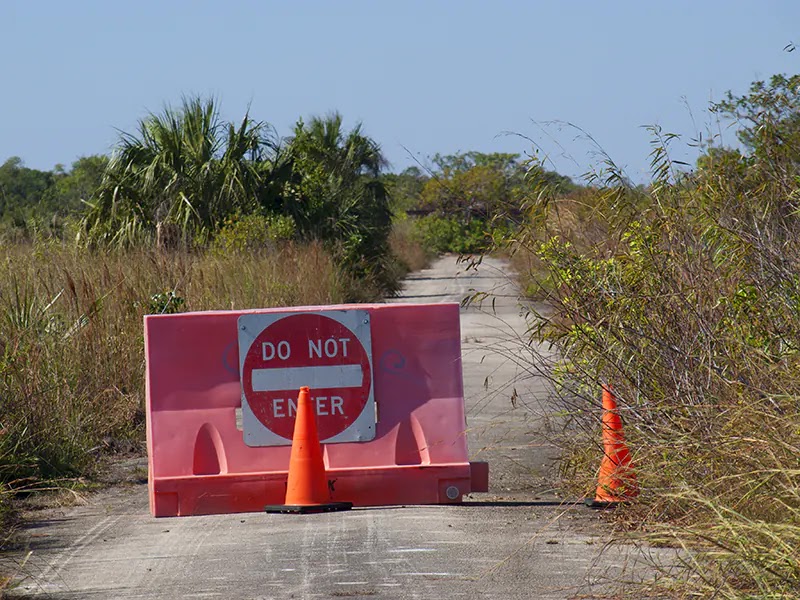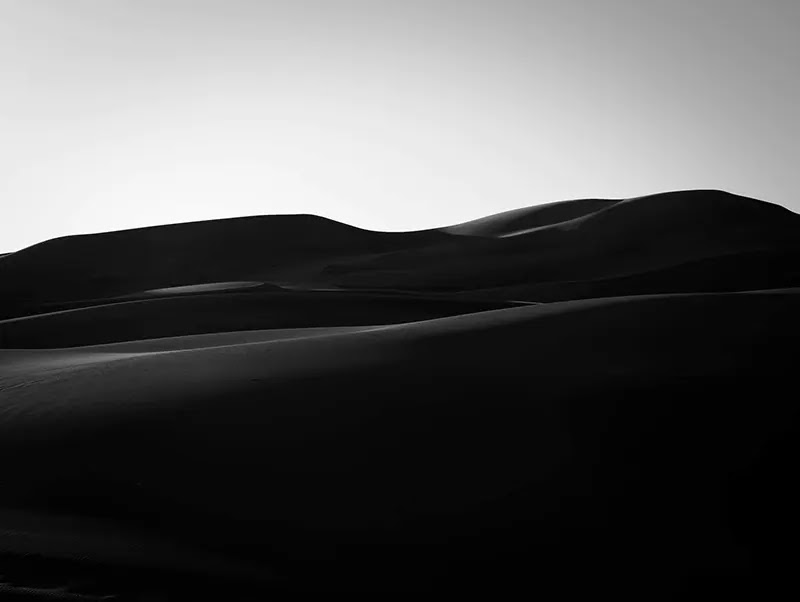Photos from a different trip: Ports of call in our Alaska cruise "adventure"

|
Cruises in the port of Skagway, Alaska - License our images here. |
John Muir wrote in Travels in Alaska:
Most people who travel look only at what they are directed to look at. Great is the power of the guidebook maker, however ignorant.
I agree. How much do we miss in organized touristic travels designed for the masses?
We're not fan of cruises. Actually, this was the first and only one we've taken. It happened in 2006. But even if taking a cruise doesn't need justification, we have one: Alaska's Inside Passage is faraway, roads are a rarity there, and logistics get complicated. A cruise trip, no matter how hurried these trips are for our taste, made perfect sense - and they were the only way to go for us at the time.
Let's tell the tale of our Alaska cruise "adventure".
Seattle
We arrived at Seattle some days before departure to sightsee the city. The green of the vegetation caught our eyes, immediately we understood why is called "Emerald City".
The buildings... well, buildings are buildings, and this place named after the American Indian Chief that it's said that once said, "There is no death, only a change of worlds", is not different from any big city, except for having the headquarters of Amazon and Microsoft, ah, and also for its Space Needle, this alien looking focal point where we had a lunch - the food was nothing special.

|
| Downtown of Seattle. Green versus grey and the alien looking "lighthouse". |
We strolled through the old Pike Place, a market selling stuff since 1907. Stopped for a coffee at the first Starbucks - actually, this was really the second coffee shop of the company. The coffee tasted the same. Just coffee.

|
| Downtown area and the cruise ship waiting for us. |

|
| Ballard Locks and old Seattle. We found a fortune in gold in the Klondike Museum. |

|
| Nightfall in the Inside Passage. Looks wild. Feels wild. |
The Inside Passage
Seated at the stern of the ship with a bottle of wine, we enjoyed the mysterious twilight you can see in the previous photo. What a view of the majestic Inside Passage, the protagonist or mysterious background of so many tales.
These interconnected fjords are protected from the fury of the Pacific by rough ice-capped mountains. This interior waterway was the chosen route to Alaska by boat for Native Americans, Russian whalers, fur traders, greedy miners, and now for us, modern tourists bringing money to this remote corner of North America.
The "Seward’s Folly" paid well at the end because nature is harsh but beautiful up here. We got the largest state, the largest national park, the largest forest, the largest state park, and the tallest mountain. Everything is large in Alaska, including whales and bears.

|
| Bad weather in Juneau. Cold, grey, and misty. |
Juneau
Awful weather in the landlocked capital of Alaska - the city is unconnected by road to the rest of North America.
We went to Mendenhall Glacier, the Sitaantaago or ak'wtaaksit of the Tinglits - meaning "the glacier behind the town" or "the glacier behind the little lake". The modern name is for Thomas Corwin Mendenhall, the guy that tried without luck to move the US to the metric system - only us and Liberia and Myanmar still refuse to use it. Leaving behind the old miles and inches would make many things simpler at a planetary scale.

|
| The famous Mendenhall Glacier near Juneau, the capital of Alaska. |
Chunks of ice were slowly moving downriver under the persistent rain while Nugget Creek was throwing water from a height of three hundred feet. What a misty atmosphere. Almost magical.

|
| Looking for wildlife around Admiralty Island. |

|
| The city of Skagway: small, beautiful, remote. |
Skagway

|
| Modern Skagway is a busy place in the summer - except in the backstreets. |

|
| The Klondike Highway, a road through high mountains. |
We stopped to take a close peek of the first asymmetric bridge of America. Asymmetric because only one side anchors to the ground of a deep river canyon. The other side floats over the ground to keep the bridge alive in this tectonic fault. Down in the gorge, we could see Moore Creek, named after Captain William Moore, one of the first white explorers of the area.
Finally, we reached the White Pass and Canada.

|
| Mountain river, Fraser station, old and dilapidated cantilevered bridge, Bernard Lake, and return from the White Pass in the narrow-gauge train. |
The mountain pass wasn't named by the snowy summits of the surroundings, it was for the Canadian government official Thomas White. The White Pass was the easiest entry to Klondike. Before discovered, the gold seekers had to go through the harder Chilkoot Pass departing from the ghost town of Dyea.
We took the old narrow-gauge train back to Skagway and saw a grisly near a creek.

|
| Entering Glacier Bay - there were some whales nearby. |
Glacier Bay
Seven tidewater glaciers drop ice into the bay. The cruise ship stopped for a while by the Grand Pacific and Margerie Glaciers. There were other smaller vessels around there.

|
| Walking the streets of Ketchikan, Alaska. |
Ketchikan

|
| Ketchikan: houses with airplanes, totems, and a gigantic polar bear in a store. |
In 1885, a canning company from Oregon established what would become Ketchikan. After this, all was about salmon and tourism - they also have the world’s largest collection of standing totems.

|
| The mystical fjords of Alaska. |
Misty Fjords

|
| New Eddystone Rock and views of the fjords. |

|
| Sunset in the harbor of Victoria, Canada. |
Victoria

|
| The sunken gardens in Vancouver Island, Canada. |




Comments
Post a Comment